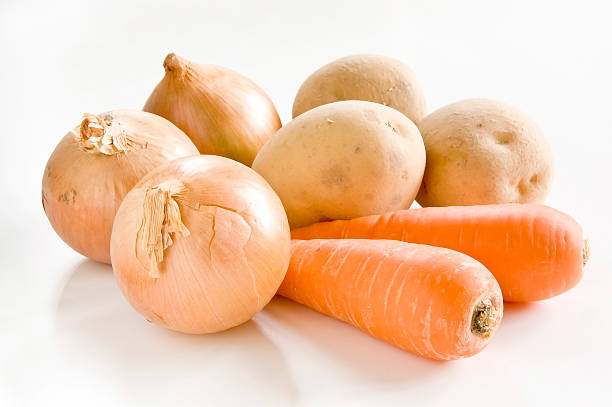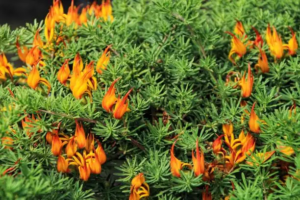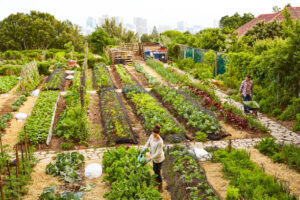Companion planting is an age-old gardening practice that involves placing plants together that can benefit each other in various ways. This technique not only optimizes space but also enhances the overall productivity of the garden. By understanding and utilizing the natural relationships between different plants, gardeners can create a healthier, more sustainable environment. This article explores the various benefits of companion planting and provides insights into how certain plants can help each other grow.
Improved Pest Management

One of the most significant advantages of companion planting is natural pest control. Certain plants can repel harmful pests, while others can attract beneficial insects that are natural predators to those pests. For example:
- Marigolds are known to repel pests like nematodes and aphids when planted around crops like tomatoes and cucumbers.
- Basil can help keep flies and mosquitoes away when planted near outdoor seating areas or other plants that attract these pests.
- Nasturtiums attract aphids away from more vulnerable plants such as beans and tomatoes, acting as a sacrificial crop.
Enhanced Pollination

Companion planting can also improve pollination of fruits and vegetables by attracting pollinators to the garden. This is achieved by including a mix of plants that flower at complementary times, ensuring that pollinators are present throughout the growing season. For example:
- Planting lavender near fruit trees can increase the number of pollinators in the area, which boosts fruit production.
- Sunflowers can draw bees that will not only pollinate the sunflowers themselves but other plants in the garden as well.
Soil Health and Fertility

Some plants improve soil health by fixing nitrogen from the air into the soil in a form that other plants can absorb. This is particularly beneficial in gardens where legumes are planted with nitrogen-hungry plants:
- Legumes like peas and beans fix nitrogen in the soil, which can help feed nitrogen-loving plants like corn and spinach.
- Planting deep-rooted plants such as daikon radishes can help break up compact soil, improving water infiltration and root penetration for neighboring plants.
Maximizing Use of Space

Companion planting maximizes the use of garden space efficiently. Tall plants can provide shade for sun-sensitive shorter plants. Similarly, vine plants can be trained to climb up taller plants, utilizing vertical space effectively:
- Corn can act as a natural pole for bean vines to climb, while the beans help fix nitrogen in the soil for the corn, a nutrient-hungry plant.
- Squash plants spread along the ground, providing ground cover that reduces weeds and maintains soil moisture, which benefits nearby crops like corn.
Disease Suppression

Certain plant combinations can help reduce the risk of plant diseases by providing physical barriers or by changing the environmental conditions around the plants. For example:
- Chives planted among apple trees can help prevent apple scab, a common fungal infection of apple trees.
- Onions interplanted with carrots can help deter carrot fly, reducing damage to the carrot crop.
Example Plant Combinations

To get started with companion planting, here are a few beneficial plant combinations:
- Tomatoes and Basil: Basil repels flies and mosquitoes, potentially enhancing the flavor of tomatoes.
- Cucumbers and Radishes: Radishes can repel cucumber beetles and act as a trap crop providing shade.
- Carrots and Onions: Onions deter carrot fly, while carrots can be planted densely to suppress weeds that might otherwise affect onion growth.
- Beans and Corn: Planting beans near corn can help to improve soil health by fixing nitrogen in the soil, while the corn provides support for the beans to climb.
- Marigolds and Vegetables: Planting marigolds near vegetables can help to deter pests such as nematodes and aphids.
Understanding Synergistic Relationships
Companion planting offers a myriad of benefits, from pest management and enhanced pollination to improved soil health and efficient use of space. By understanding the synergistic relationships between different plants, gardeners can create a more productive, sustainable, and healthy garden. This method not only taps into the natural strengths of each plant but also promotes biodiversity, which is crucial for a balanced ecosystem. Whether you are a novice gardener or an experienced horticulturist, incorporating companion planting into your garden strategy can lead to a more successful and rewarding gardening experience.










